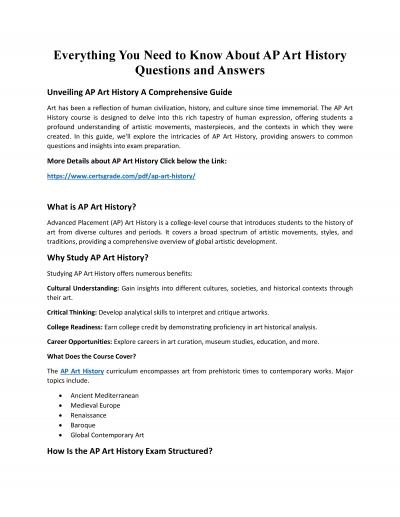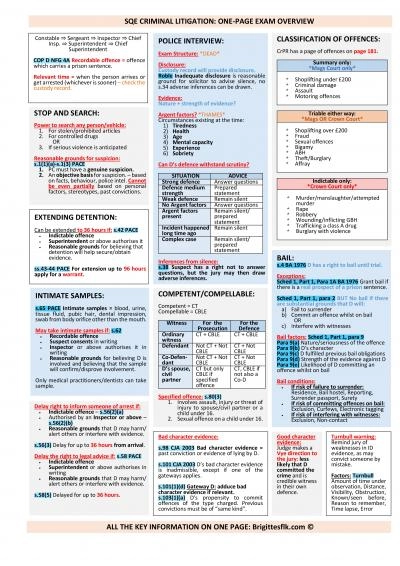PPT-AP World History Notes Chapter 11
Author : briana-ranney | Published Date : 2018-09-26
Islam The Homeland of Islam Originated on the Arabian Peninsula Had long been inhabited by nomadic Arabs the Bedouins Located along important trade routes Indian
Presentation Embed Code
Download Presentation
Download Presentation The PPT/PDF document "AP World History Notes Chapter 11" is the property of its rightful owner. Permission is granted to download and print the materials on this website for personal, non-commercial use only, and to display it on your personal computer provided you do not modify the materials and that you retain all copyright notices contained in the materials. By downloading content from our website, you accept the terms of this agreement.
AP World History Notes Chapter 11: Transcript
Download Rules Of Document
"AP World History Notes Chapter 11"The content belongs to its owner. You may download and print it for personal use, without modification, and keep all copyright notices. By downloading, you agree to these terms.
Related Documents

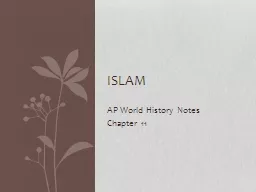
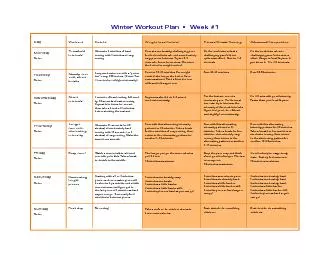

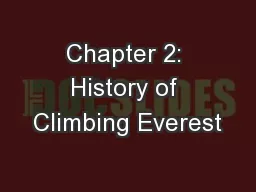

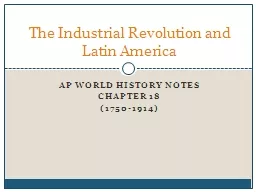
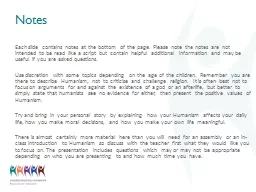


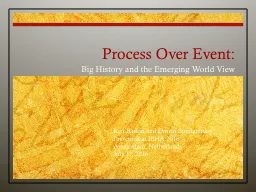
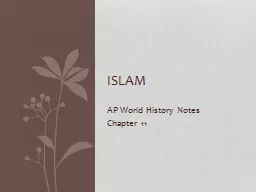
![[EPUB] - Sloth Cornell Notes Notebook: An 8.5 x 11 cornell notes notepad, cornell notes](https://thumbs.docslides.com/907355/epub-sloth-cornell-notes-notebook-an-8-5-x-11-cornell-notes-notepad-cornell-notes-pad-cornell-notes-book-note-taking-notebo.jpg)
